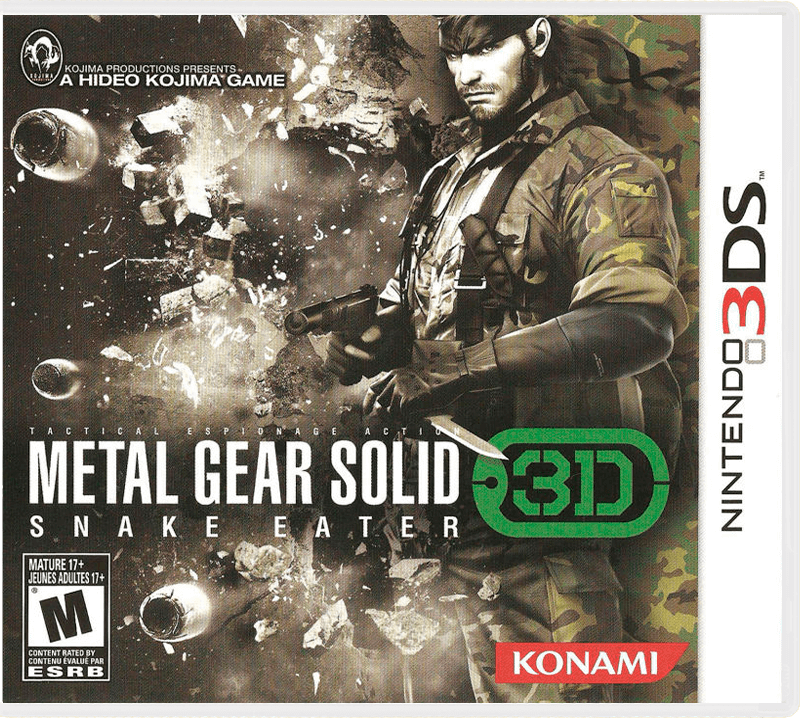The Russian Forests in MGS3 included a variety of animals and plants, giving the game an open-world atmosphere. This game’s exploration mechanics were quite reminiscent of those in the Far Cry series.
The gameplay of Metal Gear Solid: Snake Eater is quite similar to those of the games in the series that came before it. Snake, who the player controls, must maneuver stealthily through an area packed with dangerous enemies without being discovered.
Although Snake can obtain a wide variety of weaponry, from pistols to rocket-propelled grenades, the game’s primary focus is on sneaking around and avoiding confrontations wherever possible.
Along the path, a variety of things and devices may be discovered that can be used to assist with this, such as motion detectors that can be used to track down enemy soldiers and the iconic cardboard box from the Metal Gear series, which Snake can hide inside to avoid being seen by enemies.
Even though the core concepts are the same, the gameplay in Snake Eater features many new elements that have not been seen in any of the previous Metal Gear games. These new gameplay elements include camouflage, a unique hand-to-hand combat system known as “close quarters combat” or “CQC,” a stamina gauge, and an injury-and-treatment system.
The first two-thirds of the game takes place outside a forest in the Soviet Union, and maximizing your use of the environment to its utmost capacity is frequently essential to your success. Camouflage and using the jungle environment (such as climbing trees or hiding in thick grass) are two new aspects that are given a lot of attention, as they are essential for avoiding being noticed by the opponent.
A straightforward motion detector and sonar technology, better suited to the game environment, has been implemented instead of the more sophisticated radar used in previous games.
















